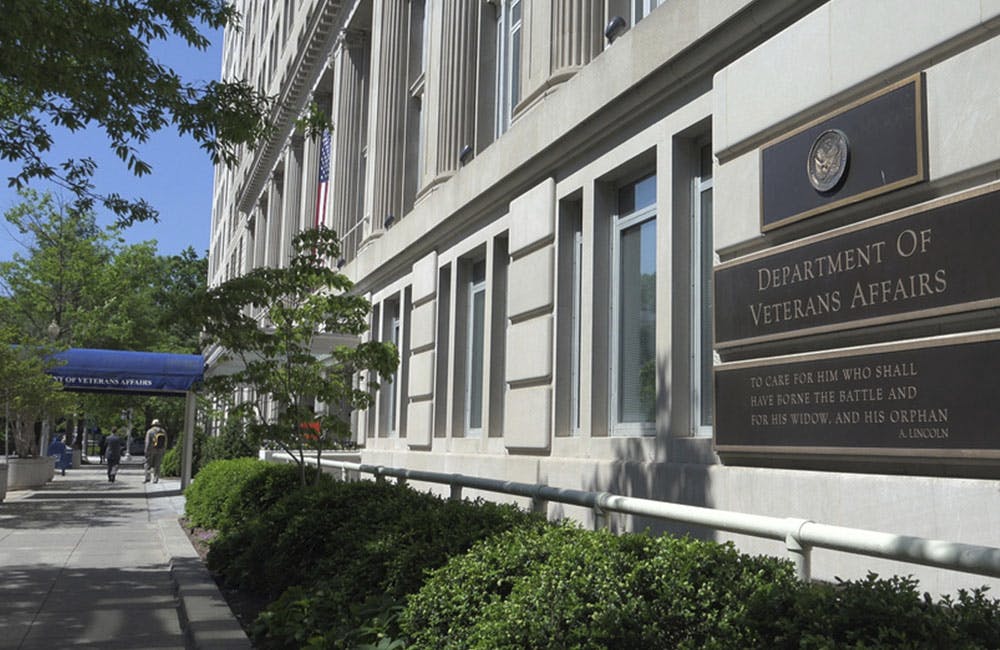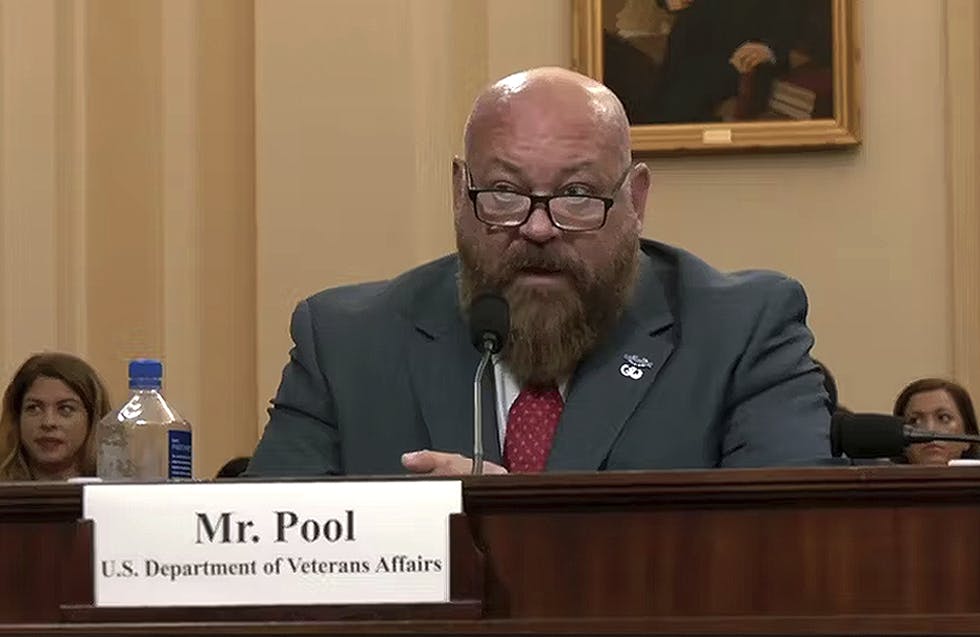VA Improving Transparency of Health Care Staffing Data
The MISSION Act led to improved reporting of staffing and vacancy data at the agency.

A year after the Department of Veterans Affairs enacted the MISSION Act to improve community care program consolidation, a recent report from the Office of the Inspector General (OIG) revealed the agency has made significant improvements in the tracking and reporting of Veterans Health Administration staffing and vacancy data.
Much of the impetus for the MISSION Act rested on resolving care provider shortages across the VHA, including a particular focus on instating steps necessary to ensure adequate staff capacities across all regional care networks. As part of a concurrent accountability process, the MISSION Act also mandates the agency disclose VHA staff vacancies on a quarterly basis via its public-facing website.
The VA has taken notable steps to track internal staffing shortages and elucidate these findings in published reports.
“In the three most recent quarterly releases, VA provided an executive summary with a brief data element synopsis for its administrations and staff offices,” the OIG report said. “VA added a summary page to the staffing and vacancy spreadsheets that provided the reader with information on how to interpret the data, overall figures for the previous quarterly data releases, and the top five vacant occupations in the Veterans Health Administration.”
OIG concluded VA has met three of the five requested steps that were mandated in the previous report from June 2019 — that vacancies be reported by occupational type, that staffing gains and losses be reported on a quarterly basis, and that all historical data be kept publicly available. As the June 2019 report noted, none of these data-reporting capacities were comprehensively implemented as of the passage of the MISSION Act a year prior.
These advances come during a time when VA has enacted its “Fourth Mission” — bolstering the medical workforce necessary to provide the best care to patients within its broader health system.
The COVID-19 pandemic has caused the VA to drastically reconfigure its health care network with the intent of providing emergency triage for veterans suffering from coronavirus symptoms in addition to mobilizing auxiliary support for local non-VA hospitals that may be experiencing patient overflow.
The agency’s vigorous development of telehealth as part of MISSION Act reforms has also allowed the agency to provide the necessary capabilities of providing veteran care during mass stay-at-home orders. The agency has seen a significant increase in the use of telehealth services since the pandemic began, said VA leaders at a recent virtual event.
This is a carousel with manually rotating slides. Use Next and Previous buttons to navigate or jump to a slide with the slide dots
-

NSF Wants Industry Driving Quantum Innovation
The agency is pushing for partnerships to enhance the research community as Congress weighs additional legislation.
3m read -

White House Science Chief: US-Driven AI Sets Global Standards
Michael Kratsios outlined how American AI technology on the global stage will help standardize the tech and counter China’s influence.
5m read -

Modernizing Critical Infrastructure in the Face of Global Threats
Officials are expanding the latest strategies in boosting defense infrastructure, including securing satellite communications, upgrading enterprise-wide technology, optimizing data management.
20m watch -

Trump AI Orders Call for Speed in Building Infrastructure
The directives call for expanding AI infrastructure, streamlining federal permitting and promoting AI exports.
4m read -

DOD Accelerates Software Modernization with Agile DevSecOps Push
The Pentagon's software implementation plan tackles cultural hurdles and integrates security early to deliver critical capabilities faster.
6m read -

White House Unveils AI Action Plan to Secure Global Dominance
The strategy outlines steps to accelerate private sector innovation, build critical infrastructure and advance U.S. leadership in AI policy and security.
3m read -

VA's Platform One Powers Rapid Innovation to Bolster Digital Services
VA's Platform One accelerates software development timelines from weeks to hours, ultimately enhancing digital services for veterans.
5m read -

Federal Leaders Receive Federal IT Efficiency Flywheel Awards from GovCIO Media & Research
Five federal IT leaders received Flywheel Awards for driving innovation and modernizing technology at the Federal IT Efficiency Summit.
5m read -

Doing More with Less is Muscle Memory for IRS, Former Deputy CIO Says
Darnita Trower discusses her experience, the legacy she’s left behind and how she pushed the IRS to modernize itself,
20m watch -

Opinion: Original Intelligence Is the Missing Piece for AI Transformation
Limitations of AI agents and development drive growing needs for workforce development and "original intelligence."
3m read -

VA CIO Targets Modern IT and Smarter Workforce Alignment
Agency leaders told lawmakers they are focused on trimming legacy systems and restructuring its workforce to streamline operations.
3m read -

Pentagon's $200M AI Contracts Signal Broader Effort to Transform Talent
The Army is leveraging Silicon Valley, reservist programs and new hiring strategies to integrate critical digital skills in its ranks.
5m read
















